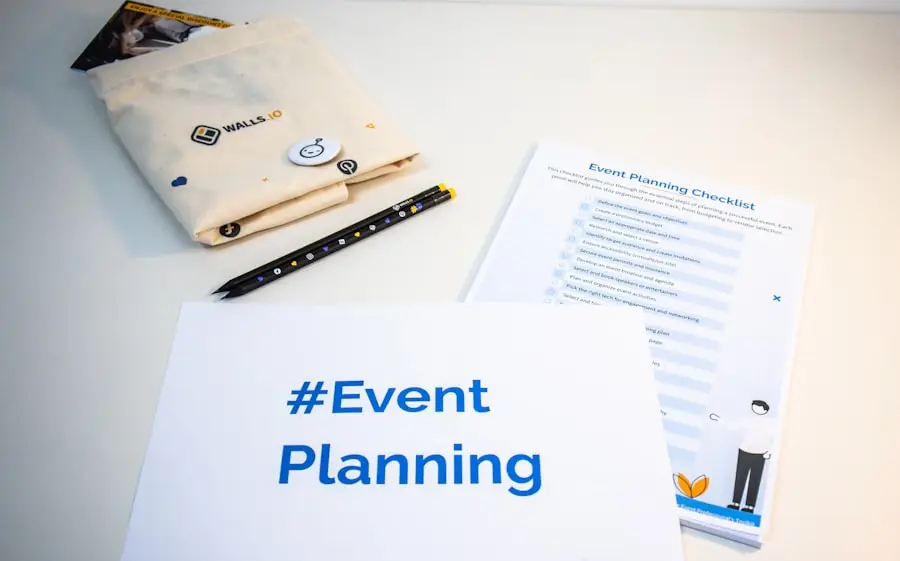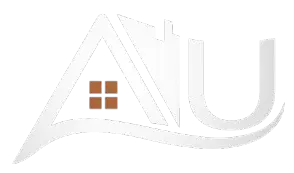When we embark on the journey of homeownership, understanding the mortgage process becomes our first crucial step. A mortgage is essentially a loan specifically designed for purchasing real estate, and it involves several stages that can seem overwhelming at first. We begin by familiarizing ourselves with the basic terminology and concepts, such as principal, interest rates, and amortization.
This foundational knowledge helps us navigate the complexities of borrowing money to buy a home. As we delve deeper into the mortgage process, we realize that it is not just about securing funds; it is also about making informed decisions that will impact our financial future. We must consider factors such as our credit score, which plays a significant role in determining the interest rates we qualify for.
Additionally, understanding the different types of mortgages available—fixed-rate, adjustable-rate, and government-backed loans—allows us to align our choices with our long-term financial goals. By grasping these essential elements, we set ourselves up for a more successful and less stressful home-buying experience.
Key Takeaways
- Understanding the mortgage process is crucial for a smooth experience
- Finding the right lender can make a big difference in your mortgage journey
- Preparing your financial documents in advance can speed up the process
- Choosing the right mortgage product requires careful consideration of your financial situation
- Understanding the costs involved, including closing costs, is important for budgeting
- Navigating the application process may require patience and attention to detail
- Closing the deal involves signing a lot of paperwork, so be prepared
- Tips for a smooth mortgage process include staying organized and communicating openly with your lender
Finding the Right Lender
Once we have a solid understanding of the mortgage process, the next step is finding the right lender. This decision is pivotal, as not all lenders offer the same terms, rates, or customer service. We begin by researching various lending institutions, including banks, credit unions, and online lenders.
Each option has its advantages and disadvantages, and we must weigh these carefully to find a lender that aligns with our needs and preferences. In our search for the right lender, we should also consider seeking recommendations from friends or family who have recently gone through the mortgage process. Their experiences can provide valuable insights into which lenders are trustworthy and responsive.
Additionally, we can read online reviews and compare rates from multiple lenders to ensure we are getting the best deal possible. By taking the time to find a lender that we feel comfortable with, we can significantly enhance our overall mortgage experience.
Preparing Your Financial Documents

With a lender in mind, we now turn our attention to preparing our financial documents. This step is crucial because lenders require a comprehensive overview of our financial situation before approving a mortgage application. We gather essential documents such as pay stubs, tax returns, bank statements, and proof of assets.
Organizing these documents in advance not only streamlines the application process but also demonstrates our preparedness to potential lenders. As we compile our financial information, we should also take this opportunity to review our credit report. Identifying any discrepancies or areas for improvement can help us address issues before they become obstacles in securing a mortgage.
By ensuring that our financial documents are accurate and complete, we position ourselves as strong candidates for approval, which can ultimately lead to better loan terms and interest rates.
Choosing the Right Mortgage Product
| Mortgage Product | Interest Rate | Down Payment | Loan Term |
|---|---|---|---|
| Fixed-rate mortgage | 3.5% | 20% | 30 years |
| Adjustable-rate mortgage | 2.5% | 10% | 5 years |
| Interest-only mortgage | 4% | 25% | 15 years |
After preparing our financial documents, we must carefully consider which mortgage product best suits our needs. The variety of options available can be daunting; however, understanding the differences between them can help us make an informed choice. Fixed-rate mortgages offer stability with consistent monthly payments over the life of the loan, while adjustable-rate mortgages may provide lower initial rates but come with the risk of fluctuating payments in the future.
We should also explore government-backed loans, such as FHA or VA loans, which may offer more favorable terms for first-time homebuyers or veterans. Each product has its own set of requirements and benefits, so it is essential to evaluate our financial situation and long-term goals before making a decision. By taking the time to choose the right mortgage product, we can ensure that our home financing aligns with our budget and lifestyle.
Understanding the Costs Involved
As we progress through the mortgage process, it is vital to understand the various costs involved in obtaining a mortgage. Beyond the principal amount borrowed, there are additional expenses that can significantly impact our overall budget. These costs include closing costs, which typically range from 2% to 5% of the loan amount and cover fees such as appraisal, title insurance, and attorney services.
In addition to closing costs, we must also consider ongoing expenses such as property taxes and homeowners insurance. These costs can vary widely depending on location and property type, so it is essential to factor them into our monthly budget. By gaining a comprehensive understanding of all associated costs, we can better prepare ourselves financially and avoid any surprises down the road.
Navigating the Application Process

With a clear understanding of costs and mortgage products, we now enter the application process itself. This stage can be both exciting and nerve-wracking as we submit our application and await approval from our chosen lender. It is essential to be thorough and accurate when filling out the application to avoid delays or complications later on.
We should double-check all information provided and ensure that all required documents are submitted in a timely manner. During this phase, communication with our lender is key. We should not hesitate to ask questions or seek clarification on any aspect of the process that may be unclear.
Staying engaged and proactive can help us navigate potential hurdles more effectively. As we await approval, it is important to remain patient; this process can take time as lenders conduct their due diligence in assessing our financial situation.
Closing the Deal
Once we receive approval for our mortgage application, we move on to closing the deal—a significant milestone in our home-buying journey. Closing involves signing a multitude of documents that finalize the loan agreement and transfer ownership of the property. It is crucial for us to review all documents carefully before signing to ensure that everything aligns with what was discussed during negotiations.
At closing, we will also need to pay any remaining closing costs and fees associated with the transaction. This is typically done through a cashier’s check or wire transfer. Once all paperwork is signed and funds are exchanged, we officially become homeowners!
This moment marks not only a significant achievement but also a new chapter in our lives filled with possibilities.
Tips for a Smooth Mortgage Process
To ensure a smooth mortgage process from start to finish, there are several tips we can keep in mind. First and foremost, staying organized is essential. We should maintain a checklist of required documents and deadlines to keep ourselves on track throughout each stage of the process.
Additionally, being proactive in communication with our lender can help address any concerns or questions promptly. Another valuable tip is to remain flexible and open-minded during negotiations. The mortgage process can sometimes involve unexpected challenges or changes; being adaptable will help us navigate these situations more effectively.
Lastly, seeking advice from professionals—whether they be real estate agents or financial advisors—can provide us with insights that enhance our decision-making throughout this journey. In conclusion, navigating the mortgage process requires careful planning and informed decision-making at every stage. By understanding each component—from finding the right lender to closing the deal—we empower ourselves to make choices that align with our financial goals and ultimately lead us to successful homeownership.
With patience and diligence, we can turn our dream of owning a home into a reality.
If you are looking to understand the mortgage process in Norfolk, you may also be interested in learning about the real estate market in Point Harbor. A recent article on AUL Homes discusses the current trends and opportunities in this area, providing valuable insights for potential homebuyers. Understanding the local market dynamics can help you make informed decisions when navigating the mortgage process.

